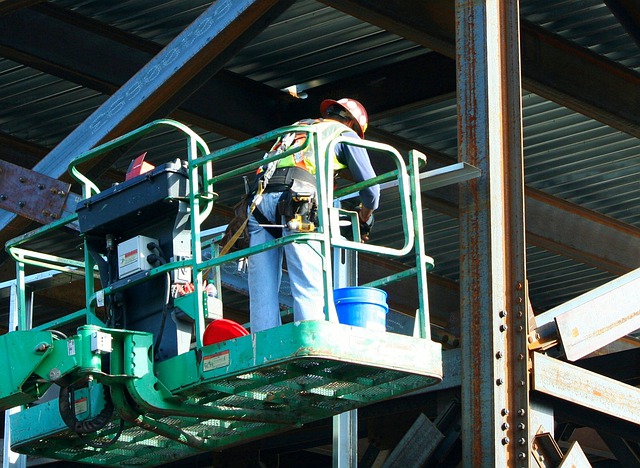We have in this study examined financial performance of 3180 companies (excluding financial companies) and noted the trend in interest rate cycle coverage ratio defined as Operating profit to Interest. This indicator reflects the comfort level of companies in debt servicing.
Some interesting results:
- In response to falling interest rate cycle, interest coverage ratio of companies has improved in FY21 following 40bps drop in repo (plus 75 bps in March 2020) and 79bps drop in WALR.
- In FY22 as well , interest cover of companies continued to show significant improvement to 5.76 from 4.56 in FY21 .
- Notably, in FY22, despite a moderation in operating margin (Operating profit/Net sales), interest coverage of companies improved , clearly reinforcing the view t hat RBI’s accommodative policy supported this trend .
- Industry wise, aviation, consumer durables and hospitality are still facing considerable risk, post Covid induced slowdown. However, few infra sectors such as capital goods, iron and steel, construction have better interest coverage ratio .
- Micro, small and medium enterprise have still interest coverage below 1, large enterprises have comparatively better financial health.
Interest payment has fallen in line with falling rate cycle:
- In the past 5 years, operating profit of companies has grown at the compound annual growth rate of 8.4%, while interest ha s increased by 4.8%.
- The 5 – year average of interest cover of companies has been 4.8. However, excluding industries such as FMCG, industry gas and fuels, IT and mining which inherently have a higher interest coverage ratio, the 5 year average of interest cover turns out to be 4. Notably, 49% of the companies have interest cover below the long run average in FY22.
- Some interesting results which can be traced from this data is that, improving interest coverage of companies has been in line with the accommodative policy of RBI. Since FY20 onwards, in response to falling policy rate ( 115 bps cumulatively in FY20 – 22 ), interest coverage of India Inc. has improved significantly. From 4.04 in FY20, it has improved to 5.76 in FY22.
- Notably, interest of companies on an average has declined by 2.2% in the past two years of favourable rate cycle. The weighted average lending rate has also fallen by 90 bps cumulatively, during this easing cycle.
Which industries are faring well and where is the red flag?
We have chalked out few important industries based on their interest coverage ratio in FY22. Among them the high risk ones with interest coverage ratio below 1 are aviation, consumer durables, hospitality. These sectors especially are bearing the brunt of Covid induced slowdown till date. Few infra segments such as capital goods, iron and steel, construction as well as automobile and ancillaries have been performing well.
| Classification | Micro | Small | Medium | |
| Manufacturing Enterprises and Enterprises Rendering Services | Annual Turnover not more than Rs 5 Cr | Annual Turnover not more than Rs 50 Cr | Annual Turnover not more than Rs 250 Cr |
As per MSME definition, we have broadly classified the industries and arrived at the following interesting results:
- Small industries continued to remain vulnerable in terms of interest coverage ratio. In both the years FY21 and FY22, loss has yielded nega tive ratio. Even for micro enterprises, similar trend is observed. This is despite the measures taken by the government and RBI to improve credit health of the MSME sector which includes the ECLGS scheme. Even the interest coverage ratio of MSME remained below 1 for FY20, 21 and 22. Notably since FY18, apart from medium enterprise, interest coverage ratio of both micro and small enterprise have been low. The same is reflected in their operating profit margin as well.
- Large enterprise have benefitted the maximum from the falling interest rate cycle with improving interest coverage ratio.
Conclusion: Falling interest rate regime has helped in improving the debt servicing ability of companies. Thus interest coverage ratio have improved in FY22 . But improvement is skewed in favour of large enterprises, with MSME sector still under pressure. Evidently, for small and micro enterprises the ratio is a concern remaining below 1 sinc e FY18 onwards. So prior to Covid as well, these sectors had a deteriorating debt servicing ability.
Industry wise, aviation, consumer durables and hospitality are still facing considerable risk , post Covid induced slowdown. However, few infra sectors suc h as c apital goods, iron and steel, construction have better interest coverage ratio.
Going forward, in the current rising rate cycle where RBI has already front loaded 140bps hike in policy rate, interest payment is going to increase. Further, spillover impact of tightening global financial conditions and inflationary consequences might pinch on operating profit as well . Thus, interest coverage ratio in FY23 is likely to deteriorate.
Read Also: How Russia-Ukraine War Made This Company A Multibagger
Source: Bank of Baroda.

1 Comment